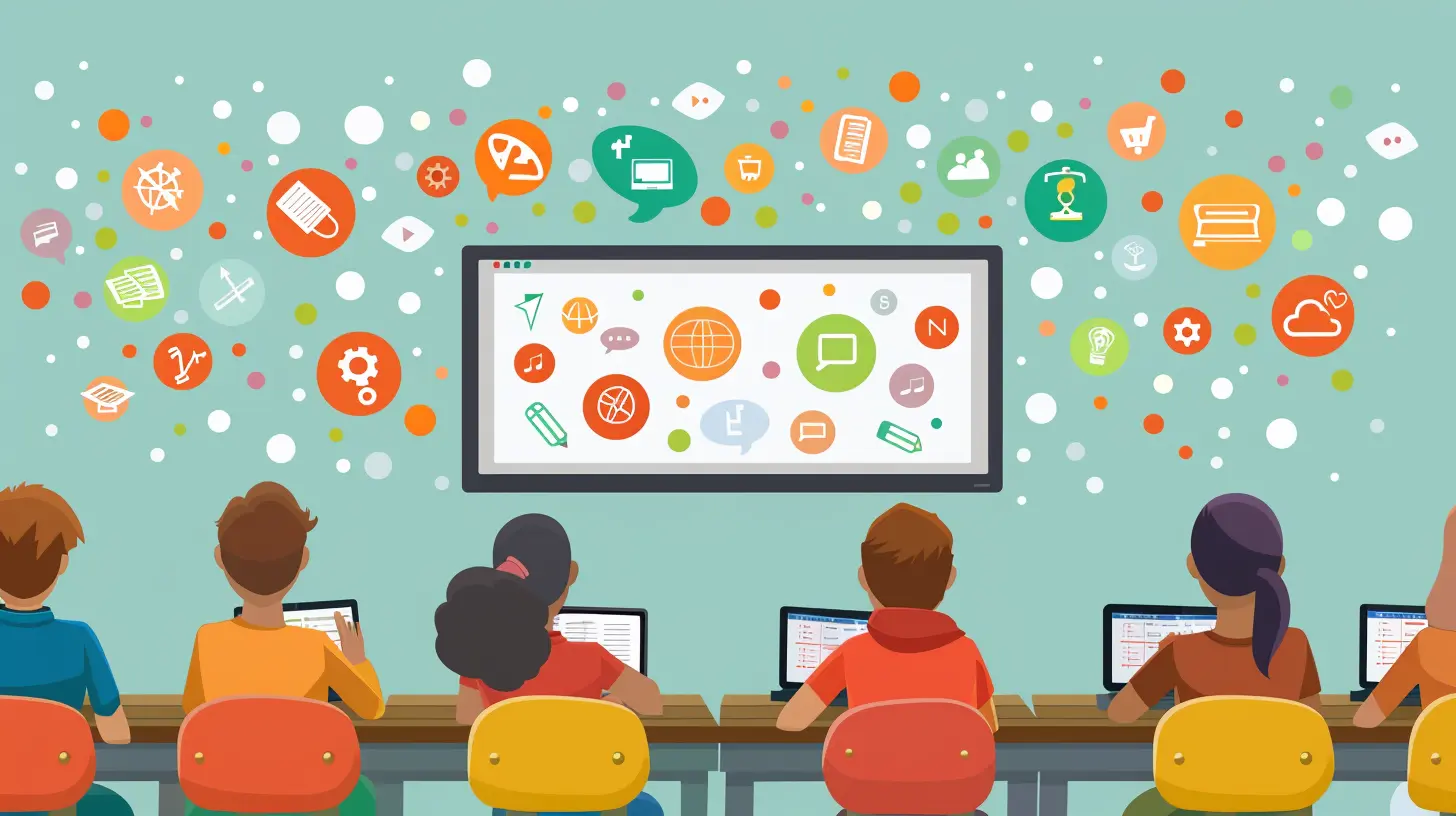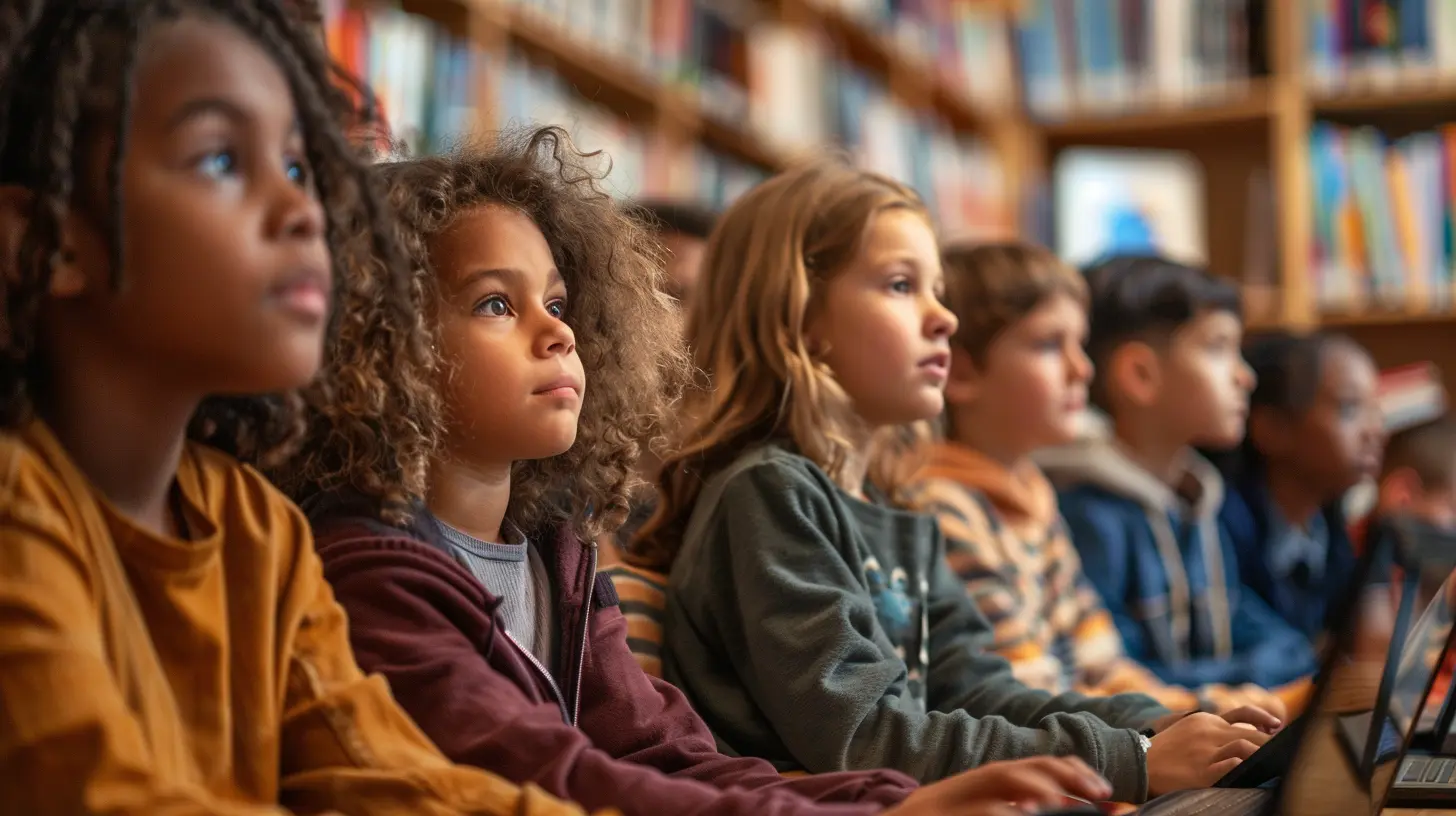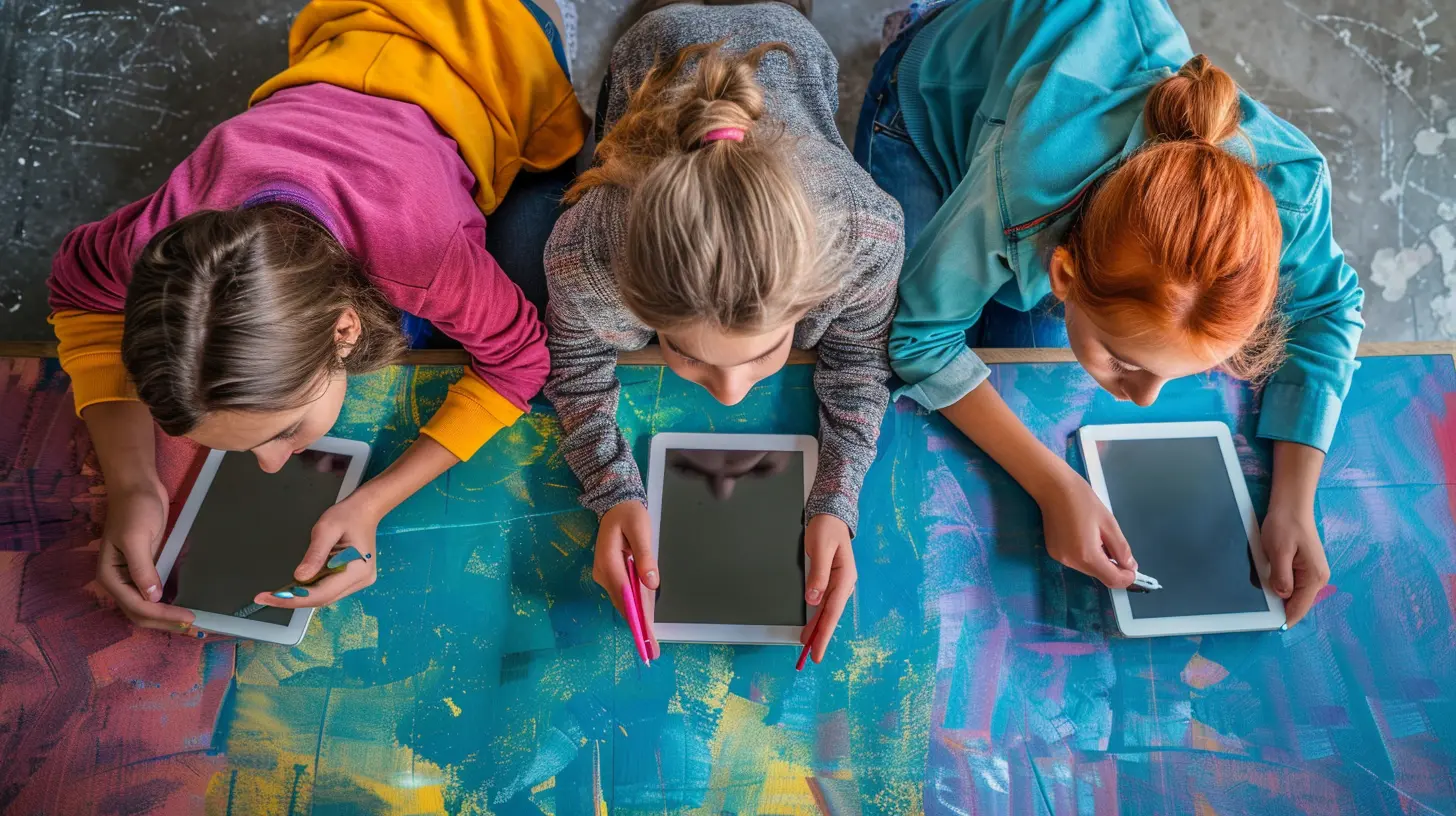Maximizing Student Autonomy with the Flipped Classroom Model
11 July 2025
Education is evolving, and the traditional method of teaching—where students passively listen to lectures in class and struggle through homework alone—is slowly being replaced by more engaging approaches. One of the most effective strategies making waves in the education world is the flipped classroom model. This approach shifts the focus from the teacher to the student, promoting independence, critical thinking, and self-directed learning. But how exactly does this method maximize student autonomy? Let’s dive in. 
What is the Flipped Classroom Model?
The flipped classroom model is exactly what it sounds like—flipping the conventional teaching structure on its head. Instead of receiving information in class and practicing it at home, students learn new concepts at home—often through pre-recorded lectures, readings, or interactive videos. Then, when they come to class, they apply what they've learned through discussions, hands-on activities, and collaborative projects.This method empowers students by giving them control over when, where, and how they absorb new material. It allows them to move at their own pace, revisit complex concepts as needed, and engage in meaningful classroom experiences rather than just being passive listeners. 
How the Flipped Classroom Model Encourages Student Autonomy
1. Self-Paced Learning
One of the best things about a flipped classroom is the freedom it offers students. Not everyone learns at the same speed. Some students grasp concepts quickly, while others need extra time. With pre-recorded lectures or guided materials, students can:- Pause, rewind, or rewatch lessons as many times as they need.
- Take notes at their own pace without feeling rushed.
- Focus on problem areas without worrying about missing the next part of a lecture.
This flexibility encourages self-reliance, allowing students to take charge of their own learning rather than depending entirely on the teacher.
2. Encourages Critical Thinking and Problem-Solving
Traditional classes often revolve around lectures where teachers do most of the talking. The flipped model, however, shifts responsibility to the students. Since they arrive in class with a basic understanding of the topic, they can immediately engage in:- Discussions where they analyze and challenge ideas.
- Group collaborations to solve real-world problems.
- Hands-on activities that deepen comprehension.
Instead of memorizing facts for an exam, students learn how to think, not just what to think. That’s a skill they’ll carry for life.
3. Promotes Time Management and Responsibility
In a flipped classroom, students must manage their own time effectively. Since learning is done before class, they need to:- Set aside dedicated study time.
- Take responsibility for completing pre-class work.
- Come prepared with questions or discussions.
These habits mirror real-world skills, preparing students for college and careers where self-discipline is essential.
4. Individualized Support from Teachers
Let’s be honest—traditional classrooms often leave struggling students behind. With a limited class period, teachers can’t always address every student’s confusion. But in a flipped classroom, the nature of learning shifts:- Since lecture time is moved outside of class, teachers spend more time helping students one-on-one.
- Class time becomes more personal, with teachers acting as guides and mentors rather than just instructors.
- Students receive immediate feedback, whether through group activities or direct teacher support.
This means struggling students don’t have to figure things out alone—they get the help they need when it matters most. 
Overcoming Common Challenges of the Flipped Classroom
While the flipped classroom model has enormous potential, it’s not without its challenges. Here’s how to address them:1. What if students don’t do the pre-class work?
A flipped classroom relies on students coming prepared. If they don’t engage with materials ahead of time, class discussions and activities become ineffective. To tackle this:- Start with short, engaging assignments—not long, overwhelming lectures.
- Use quizzes or reflection activities to check comprehension before class.
- Make pre-class work interactive, like video discussions or online polls.
- Show students the value of preparation by making in-class activities highly engaging and rewarding.
2. What about students without access to technology?
Not all students have reliable internet or devices at home. To ensure accessibility:- Provide downloadable materials that can be accessed offline.
- Offer classroom or after-school options for students who need technology access.
- Use a mix of printed and digital resources to accommodate everyone.
3. How do you keep students motivated?
Some students may struggle with the responsibility that comes with autonomy. To keep them engaged:- Offer choice in learning materials—videos, readings, podcasts, or interactive lessons.
- Create a supportive classroom culture where students feel accountable but not pressured.
- Incorporate gamification elements like progress tracking or small rewards.
By addressing these challenges head-on, teachers can ensure their flipped classrooms remain effective and inclusive. 
Real-World Benefits of the Flipped Classroom Model
The flipped classroom isn’t just an educational trend—it’s a model that helps students develop skills they’ll use beyond school. Here’s how:1. Prepares Students for Higher Education
College learning often requires students to read, research, and prepare before class, then apply their knowledge during discussions and projects. A flipped classroom mirrors this structure, making the transition seamless.2. Encourages Independent Learning
Graduates won’t always have a teacher guiding them. Whether it’s learning new job skills or pursuing a personal passion, students must know how to teach themselves. The flipped model fosters that mindset early on.3. Enhances Engagement and Retention
Studies show that students remember and understand information better when they actively participate in their learning. Instead of passive note-taking, a flipped classroom promotes active engagement, leading to stronger retention and deeper comprehension.Final Thoughts
The flipped classroom model isn’t just about changing the way lessons are delivered—it’s about transforming the learning experience. It shifts the focus from teachers to students, allowing them to take ownership of their education, think critically, and manage their time effectively.Yes, challenges exist, but with the right approach, the benefits far outweigh the struggles. Today’s students need more than just textbook knowledge—they need autonomy, adaptability, and lifelong learning skills. And that’s exactly what the flipped classroom offers.
So, are you ready to ditch the lecture-heavy approach and empower your students to learn on their terms? The flipped classroom might just be the key to unlocking their full potential.
all images in this post were generated using AI tools
Category:
Flipped ClassroomAuthor:

Eva Barker
Discussion
rate this article
1 comments
Harmony Schultz
This article effectively highlights the benefits of the flipped classroom model in promoting student autonomy. By allowing learners to engage with content at their own pace and encouraging active participation during class, educators can foster a more personalized and empowering learning environment. Great insights!
July 21, 2025 at 1:06 PM

Eva Barker
Thank you for your thoughtful feedback! I'm glad you found the insights on promoting student autonomy in the flipped classroom valuable.


